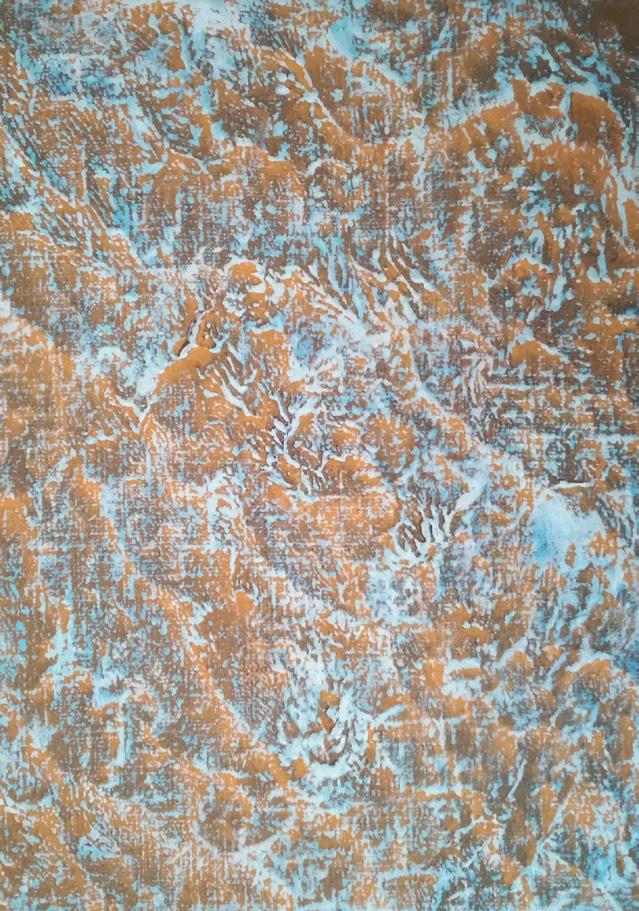
4 minute read
70 WHAT MAKES AN ARTIST By Emma Lancaster

WHAT MAKES AN ARTIST… The Cape Gallery Cape Town 7th – 28th November By Emma Lancaster www.capegallery.co.za
Advertisement
1. What is currently inspiring you? 2. What do you feel is integral to the work of an artist? 3. What is the best response you have ever had to a work? 4. How do you want people to react to your work?
I asked the subjects of the Cape Gallery’s next exhibition; Simon Jones, Peter Van Straten, and Lambert Kriedemann, to choose one of these questions to answer. These questions may seem simple and a little cliché, but I find sometimes the simplest of questions yield the most interesting of answers.
Simon Jones decided to answer the first question, several times, leading me to admire his commitment to finding just the right words to express his process and inspiration. With that in mind I will now let Simon speak for himself:
“A current theme of choice is people in harmony with nature, ideally by the sea. The music I paint to plays a pivotal role and contributes greatly to the essence of my work. My predilection for sacred music lends a zen-like quality to the creative proceedings.”
Peter Van Straten answered all my questions, but the overwhelming theme of the answer was how his art, and art in general should be received, and how it should affect how they relate to the world.
“The greatest purpose I can demand of a painting - which like curtains, or a kitchen clock, hangs visible for all to see, all day, every day - is that it acts as a reminder to live more profoundly. In my ideal world every artwork would remind you of one particular, crucial facet of human being, a facet likely to be lost in the dense mist of mundanity, were it not for that artwork on the wall. It is a tragic reality of human existence that the mundane, which is meant to secure the space in which the spectacular
Above: Simon Jones, Just don’t sing. Opposite Page: Peter Van Straten, Fantasy for human and fish

might occur, hypnotises us to the point where the spectacular becomes impossible. It is the artist’s job, using the most mundane tools, to remedy this egregious situation.”
Lambert Kriedemann describes the best reaction he has had to one of his works, as he recounts the process of painting for an audience:
“I’d been a keen student of Tai Chi for about ten years and then joined a circle dance group and I wanted to express some of the sheer joy of movement. To do that effectively I needed a really big painting, so that I could make big, sweeping movements – a sort of mixture of painting and dancing…It seemed clear that in order to do what I planned, I’d need an audience… When everyone arrived, I explained that I’d be painting for an hour, to music. During that time, I asked everyone to remain absolutely silent… When the music stopped at the end of the hour, so did I. … I would stand them in front of it and ask two questions: “What do you see when you look at this painting?” and “How do you feel when you stand in front of it?”

Lambert Kriedemann, Skedoxis. Opposite Page: Lambert Kriedemann, Mountains

Lambert Kriedemann, Beach


I particularly remember the response of a close friend. “Lambert” she said after a while, “Do you know what you’ve done?” I don’t remember her exact words after that, but I remember the awe in her voice. An elderly gentleman answered both of my questions in a single sentence: “I see spirits, and they’re calling me home”. Several people said that they felt they were in the presence of angels.”
Art is not just for the benefit of the viewe, it is also a way for artists to express their feelings on the world around them in away that aims to alter our reality for the better. These 3 artists may all have different styles, goal, and outlooks, but they all have a profound love of art and its effect on humanity.
Simon Jones, Peter Van Straten, and Lambert Kriedemann will be on show at the Cape Gallery from the 7 th of November until the 5 th of December, 60 Church Street, Cape Town.


